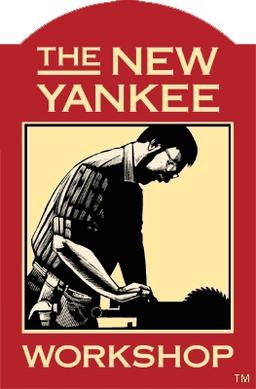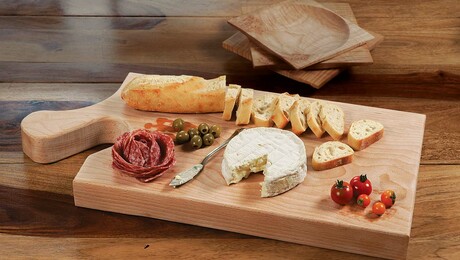Conventional wisdom regarding finishing cutting boards and other food prep surfaces is to coat them heavily with mineral oil and/or a food safe paste wax to “seal” and/or “condition” them. Seri Robinson asserts otherwise, her research has shown that any finish applied to wood decreases its natural anti-microbial properties.



Bamboo cutting boards are almost as bad as glass for dulling your knives.
One problem at a time. I’ve read claims before that Bamboo is antimicrobial naturally. Aside from the knife’s dulling, is it the safest option available at the moment? Need to buy my next board soon.
The science on plain wood being safe has been around for quite a while. I remember reading a study many years ago where some scientists mashed bacteria all over the surface of a wood cutting board, rinsed it, dried it, and then tried everything they could to get the bacteria to transfer to fresh meat (including trying to pound the meat into the board with a mallet) and the meat remained uncontaminated. So, it seems like the safest option is a single unglued plank of wood.
Glue joints don’t act like wood, so presumably that makes bamboo act less like plain wood safety-wise.
The problem with plastic is that the knife marks can retain bacteria (which, unlike wood, the plastic doesn’t kill).
I’m going to hypothesize here that bamboo works similarly to wood in the “wicks water and bacteria in, bacteria get stuck, water evaporates out desiccating bacteria to death” mechanism. The issue I see is the whole “glue joints are bad” thing from the article. Because bamboo grows in hollow tubes, there’s no such thing as 12/4 bamboo, you have to glue up a bunch of tiny pieces, so there are lots of glue joints.